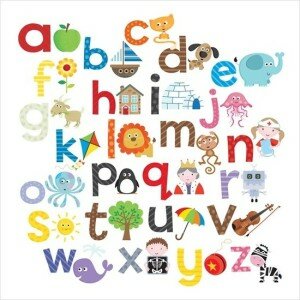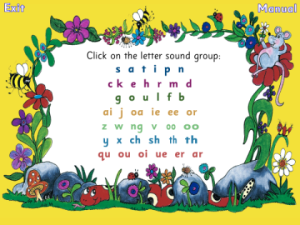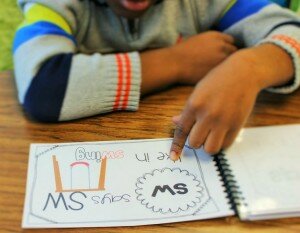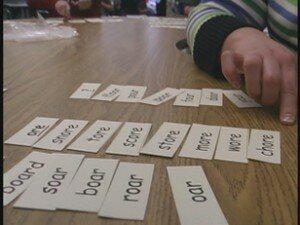I am gearing up to start my second year teaching in Australia, and phonics is the discussion du jour. We used the Soundwaves program to teach letter sounds and spelling in the past (for me only one year, but others used it for several), and we have decided to look for something new. Of course, there are lots of PROGRAMS that give you every little thing that you should do, each day. This is awesome in a way. I kind of love the support of having a plan, and because of that, we are looking at Jolly Phonics, Words Their Way, and Fountas and Pinnell Phonics. But, the downside of programs are the cost and rigidity. As with every packaged deal, I find myself loving some components, and being not too hot on others.
Here are a few tidbits picked from them that I plan to take in to the new year and test run:
1. Introduce SOUNDS before letter names. This makes perfect sense. When reading, it is more important to look at a letter and know the sound it makes rather than its name. I confess this has been a sticking point for me before, as I never particularly liked it when a child would give me ONLY the sound, not having any idea that the letter has a name. However, I am stretching my flexibility muscles this year and giving it a go, knowing that I WILL introduce letter names – just after the sounds.
2. Introduce digraphs as part of this process, rather than after individual letter sounds. This is also pretty logical. For example, knowing the /ai/ or /ou/ sound is certainly more useful that /q/ or /x/, so it makes sense to begin to see these digraphs as a unit from the get go. Kids often learn letters as pictures in the first place, so if they learn “th” as a picture in and of itself, it will be that much easier later on. Here is the order that Jolly Phonics promotes:
3. Have children create their own letter books, based on sounds they know. Children definitely learn letters and sounds faster when you only introduce one or two unknowns at a time, and review their known sounds as well. It is easier for any of us to learn one or two things, rather than 26, 32, or more, at a time. So we are going to be making letter sound books as we go, adding a sound a day and reviewing daily.
4. Implement more sorts. I have often done letter sorts, and even have a free letter sort package available. However, Words Their Way encourages sorting based on the structure of words (CVC, CVCe, etc). There is a lot of merit in having kids be able to articulate how the structure of words work, so I am going to try more complex sorts this year.
None of this is rocket science, but writing your goals down makes them more tangible. This year I want to really support my students in building their foundational phonics knowledge, which contributes to good spelling. How do you teach phonics? Do you have a specific program, or do you mix and mash? If you do have a program, do you LOVE (or not love…) it?





Comments are closed.